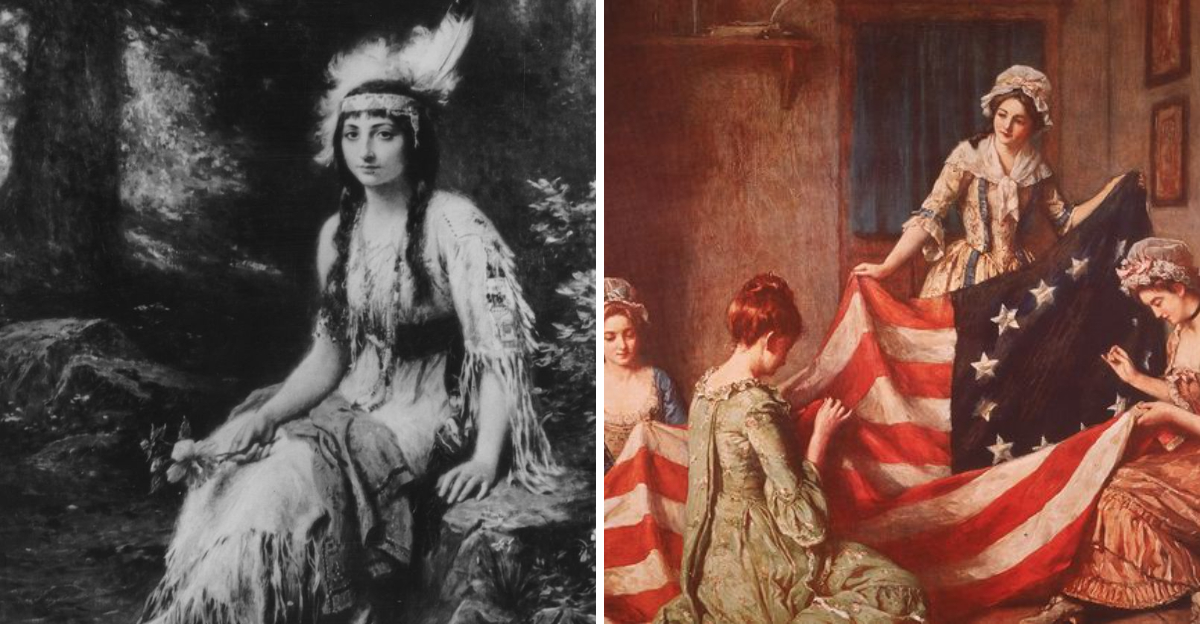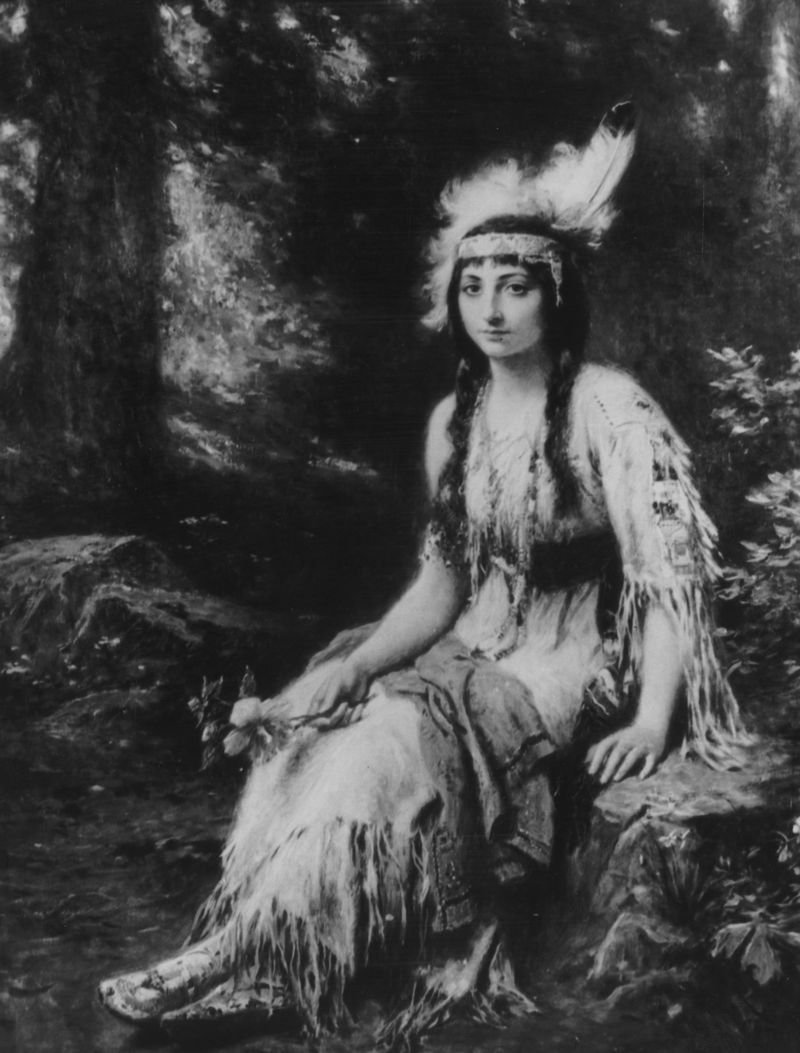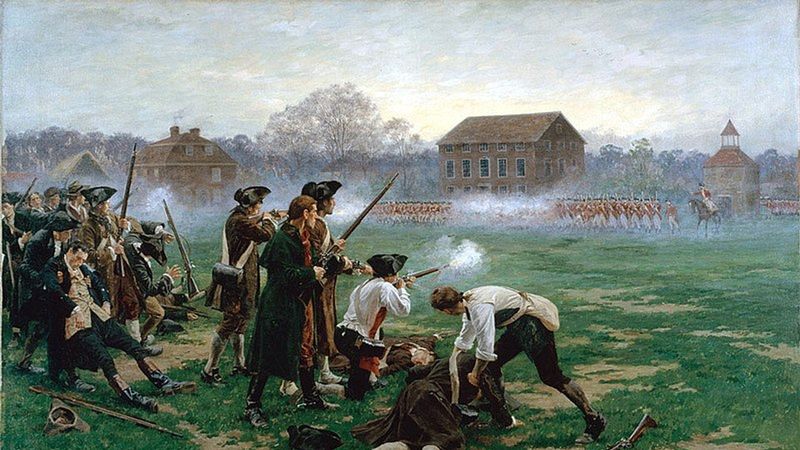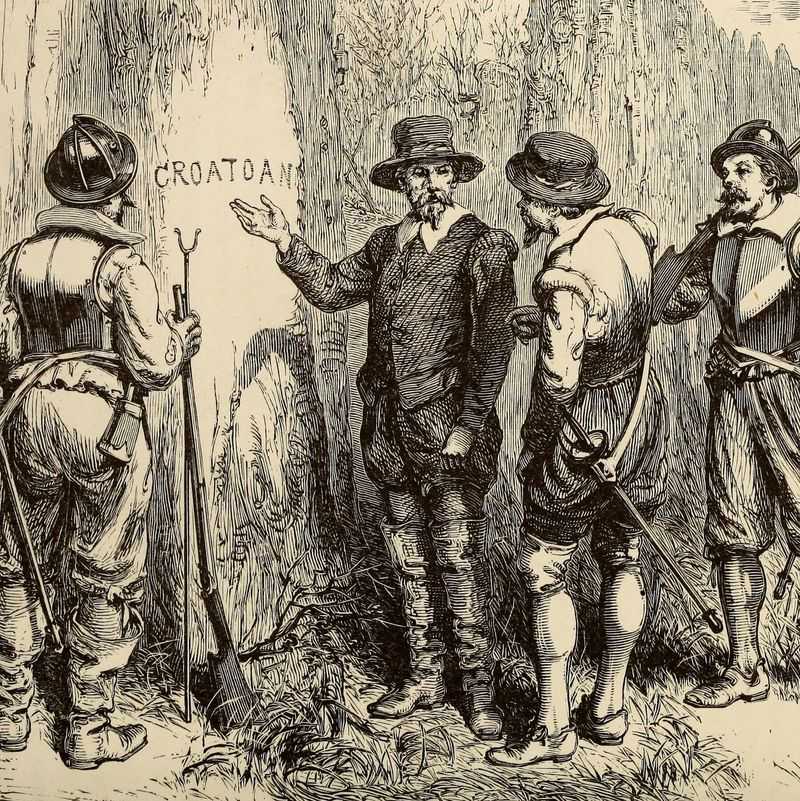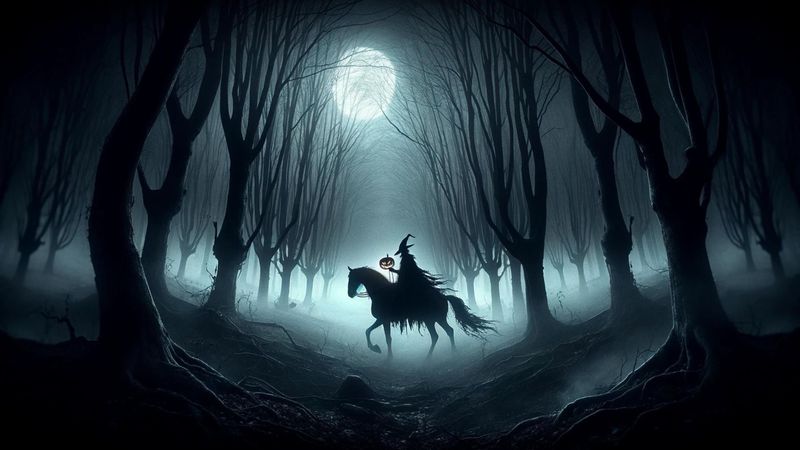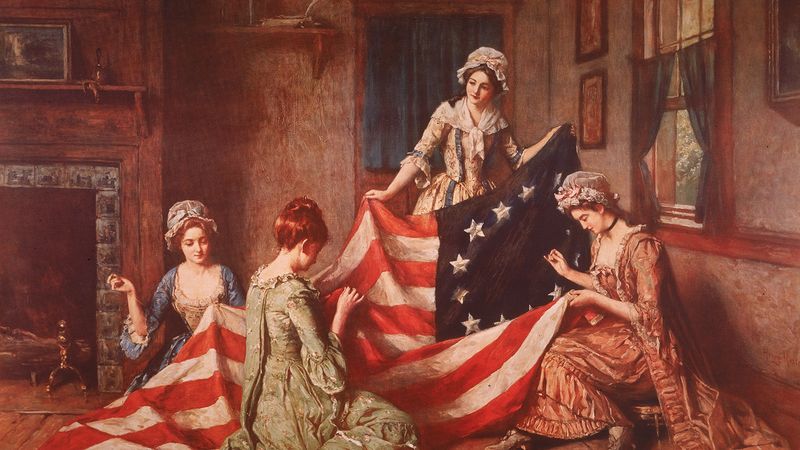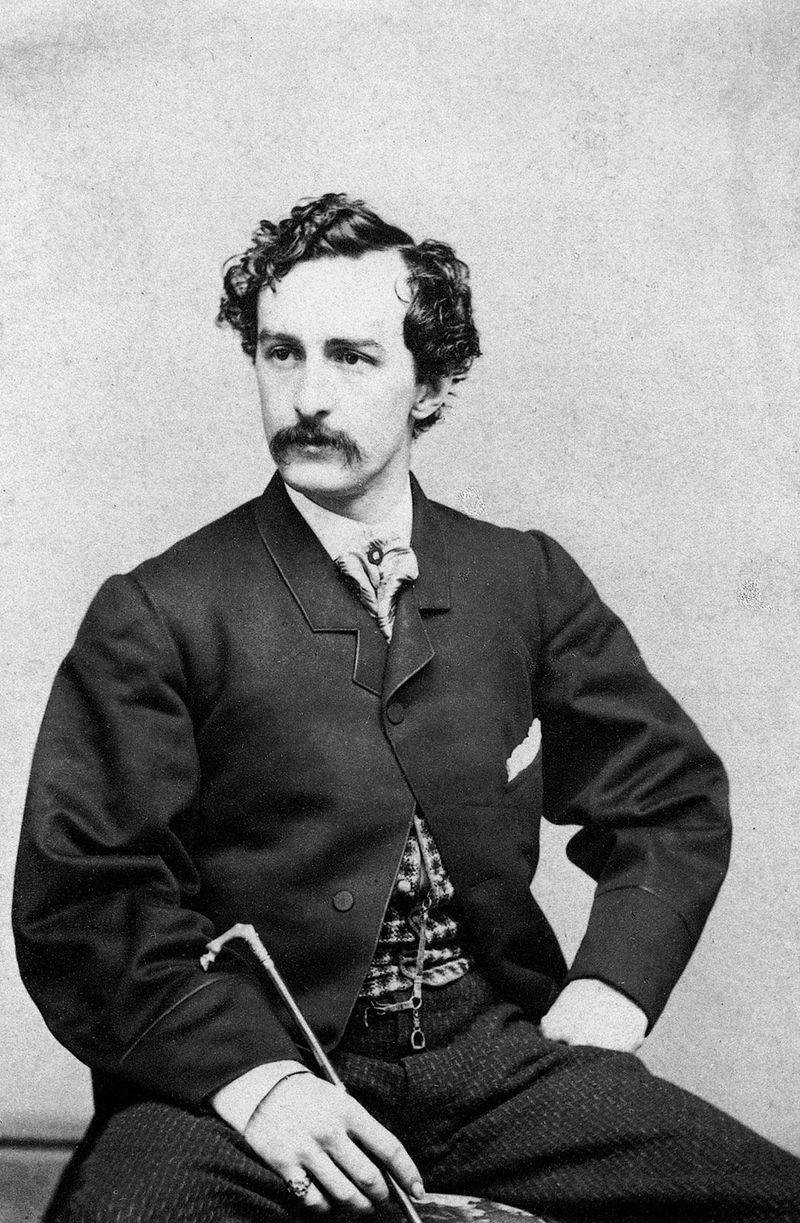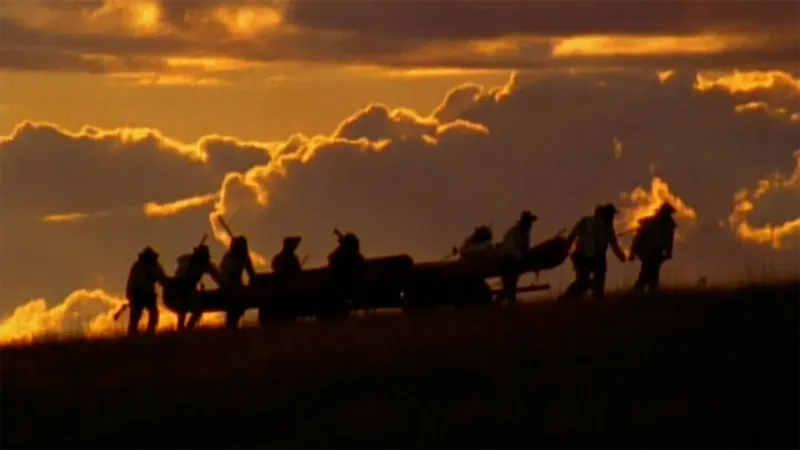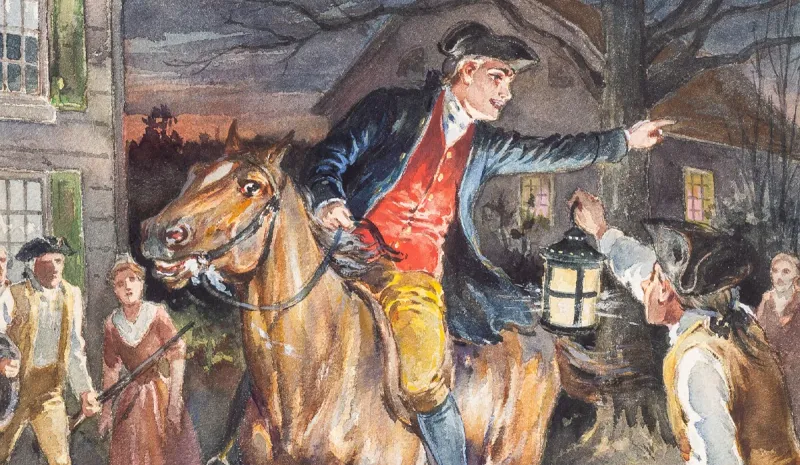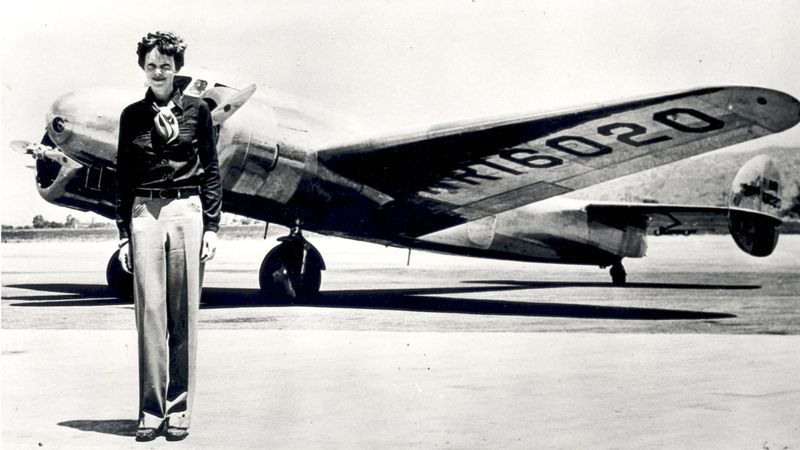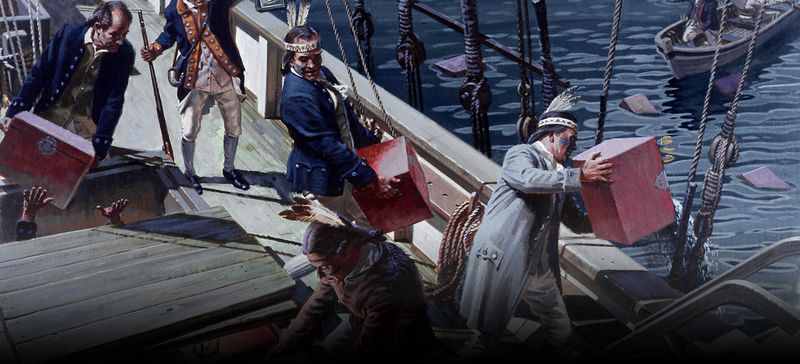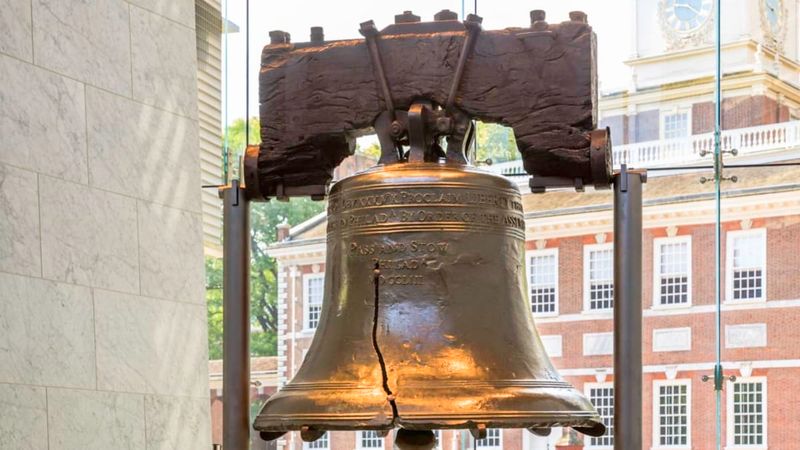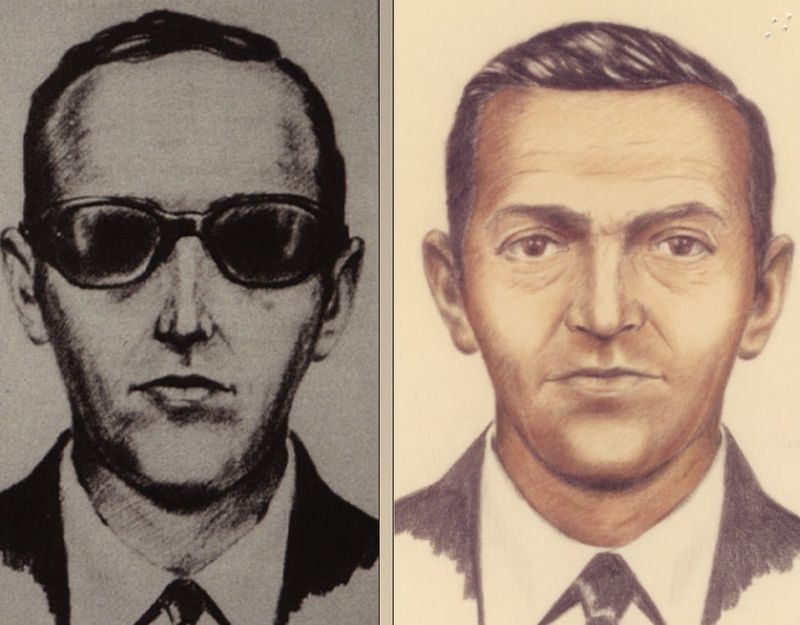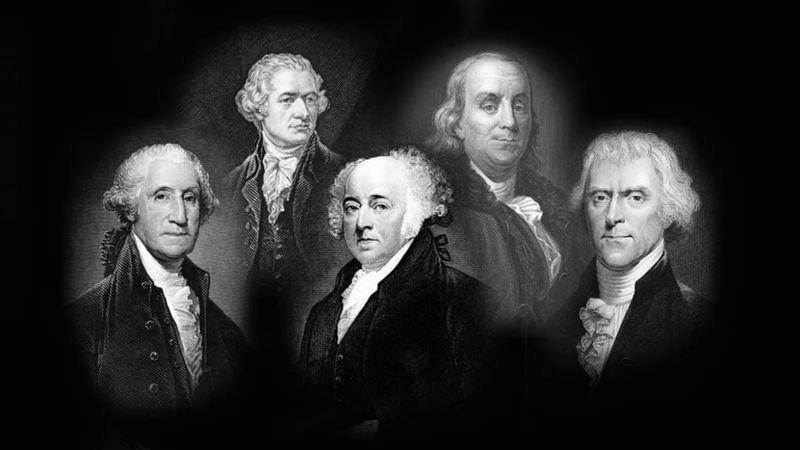American history is full of fascinating stories and intriguing questions that continue to challenge our understanding. From hidden events to lesser-known facts, these questions invite us to explore history from fresh perspectives. Let’s delve into these 13 captivating queries that promise to enrich your knowledge of America’s past and spark thoughtful discussions.
The Real Story of Pocahontas
Pocahontas is often remembered as a Disney princess, but her real story is much different. Born around 1596, she was a daughter of the Powhatan chief and played a significant role in early Native American-English relations. Her interactions with John Smith and eventual marriage to John Rolfe were pivotal in creating peace. However, her life was far from the romanticized tale often depicted and was filled with cultural challenges and personal struggles. Her journey to England and untimely death at the age of 21 add another layer to her complex legacy.
Who Fired the First Shot at Lexington?
The first shots of the American Revolutionary War were fired at Lexington, but who actually fired first remains a mystery. Known as “the shot heard ’round the world,” this event on April 19, 1775, marked the beginning of the conflict. Both the British soldiers and American colonists claimed the other side fired first. The uncertainty around this event reflects the tension and chaos of the time. Historians continue to debate the details, but the impact of that fateful moment is undeniable, igniting a war that would lead to American independence.
The Mystery of the Lost Colony of Roanoke
The Lost Colony of Roanoke has puzzled historians for centuries. Established in 1587, it was one of the first English settlements in North America. However, when supply ships returned in 1590, the colony had vanished, leaving behind the cryptic message “CROATOAN”. Theories about their fate range from assimilation with local tribes to disaster or relocation. Despite extensive research and archaeological efforts, the true story remains elusive. This mystery continues to capture imaginations, symbolizing the uncertainties and challenges of early colonization efforts.
The Legend of Sleepy Hollow: Fact or Fiction?
Washington Irving’s “The Legend of Sleepy Hollow” is a classic tale of American folklore. But is there any truth behind it? Set in the early 1800s, the story mixes fictional elements with real-life locations in present-day New York. Irving drew inspiration from local legends and folklore, creating a narrative that blends fear and fantasy. While the headless horseman may be fictional, the cultural impact of this story is real. It reflects early American society’s fascination with the supernatural and continues to be a beloved piece of literature.
Did Betsy Ross Really Sew the First American Flag?
The story of Betsy Ross sewing the first American flag is a cherished American legend. However, historical evidence supporting this claim is scarce. The legend began in the late 19th century, largely propagated by Ross’s descendants. While she was indeed a skilled upholsterer known to have worked on flags, the specifics of her involvement remain debated. This story, whether entirely true or not, speaks to the nation’s desire for symbols of unity and identity. Betsy Ross remains an iconic figure, symbolizing patriotism and the spirit of the American Revolution.
Who Was the Lone Assassin of Abraham Lincoln?
John Wilkes Booth, a well-known actor, assassinated President Abraham Lincoln on April 14, 1865. Acting alone in his mission to revive the Confederate cause, Booth’s plan involved a larger conspiracy, but only he succeeded. His motivations were complex, rooted in strong Southern sympathies and personal beliefs about slavery and governance. Booth’s subsequent escape and eventual capture in Virginia became a dramatic chapter in American history. The assassination marked a pivotal moment, impacting the nation’s course and casting a lasting shadow over the post-Civil War era.
The True Intentions Behind the Lewis and Clark Expedition
The Lewis and Clark Expedition, commissioned by President Thomas Jefferson in 1804, is celebrated for its exploration of the American West. While the official goal was to discover a water route to the Pacific, the mission had deeper political and scientific objectives. Jefferson sought to assert American sovereignty and gather valuable information about the region’s flora, fauna, and native tribes. The journey was a significant scientific endeavor, leading to numerous discoveries that enriched America’s understanding of its newly acquired lands, thus solidifying the country’s expansionist vision.
The Secret Message of Paul Revere’s Ride
Paul Revere’s midnight ride is an iconic moment of the American Revolution, but its details are often misunderstood. On the night of April 18, 1775, Revere set out to warn the colonial militia of the approaching British forces. The famous phrase “The British are coming!” is likely a myth, as colonists still considered themselves British. Revere’s ride was a coordinated effort, part of a larger intelligence network. His alert helped mobilize the militia, leading to the battles of Lexington and Concord, and highlighting the importance of communication in revolutionary success.
Amelia Earhart: Lost Over the Pacific
Amelia Earhart’s disappearance remains one of aviation’s greatest mysteries. In 1937, while attempting to circumnavigate the globe, she vanished somewhere over the Pacific Ocean. Various theories include crashing at sea or landing on a deserted island. Her courage and pioneering spirit have made her a lasting symbol of exploration and adventure. Earhart’s life and mysterious end continue to inspire, reminding us of the risks and rewards of pushing beyond known boundaries. Her legacy endures as a testament to human curiosity and the desire to explore uncharted territories.
Was the Boston Tea Party Just About Tea?
The Boston Tea Party is often seen as a protest against tea taxes, but its implications were far broader. On December 16, 1773, angry colonists dumped tea into Boston Harbor in response to the Tea Act, which granted the British East India Company monopoly rights. This act was about more than taxation; it symbolized resistance to British control and oppression. The event united the colonies in a shared cause, igniting revolutionary fervor. The tea party’s legacy endures as a powerful symbol of civil disobedience and a turning point in American history.
What Happened to the Liberty Bell?
The Liberty Bell is an enduring symbol of American independence, but its history is marked by mystery and legend. Originally cast in 1752, the bell cracked soon after its arrival in Philadelphia. Recast twice, it cracked again in the 19th century. Despite its imperfections, the bell became an icon of liberty, especially during the abolitionist movement. Its inscription, “Proclaim Liberty Throughout All the Land,” resonates with the nation’s ideals. The Liberty Bell’s story highlights the struggles and triumphs of the American quest for freedom and unity, embodying resilience and hope.
The Enigma of D.B. Cooper
D.B. Cooper’s 1971 hijacking remains one of America’s unsolved mysteries. After extorting $200,000, he parachuted from a plane and vanished without a trace. Despite extensive investigations, his identity and fate are unknown. Cooper’s daring act captured the public’s imagination, symbolizing the allure of the rebel and the unknown. Theories about his identity and survival abound, ranging from seasoned criminals to accidental adventurers. Cooper’s story endures as a captivating enigma, challenging law enforcement and inspiring countless speculations about what truly happened on that stormy night.
The Forgotten Founding Fathers
While figures like Washington and Jefferson dominate the narrative, many lesser-known individuals also shaped America’s founding. These forgotten founding fathers contributed to the revolutionary cause and the crafting of the Constitution. Figures like John Dickinson, who advocated for reconciliation, and Gouverneur Morris, who penned the Constitution’s preamble, played crucial roles. Their stories remind us that history is complex, composed of diverse voices and ideas. Recognizing their contributions enriches our understanding of the nation’s founding and honors the collective efforts that forged a new path toward independence and democracy.
